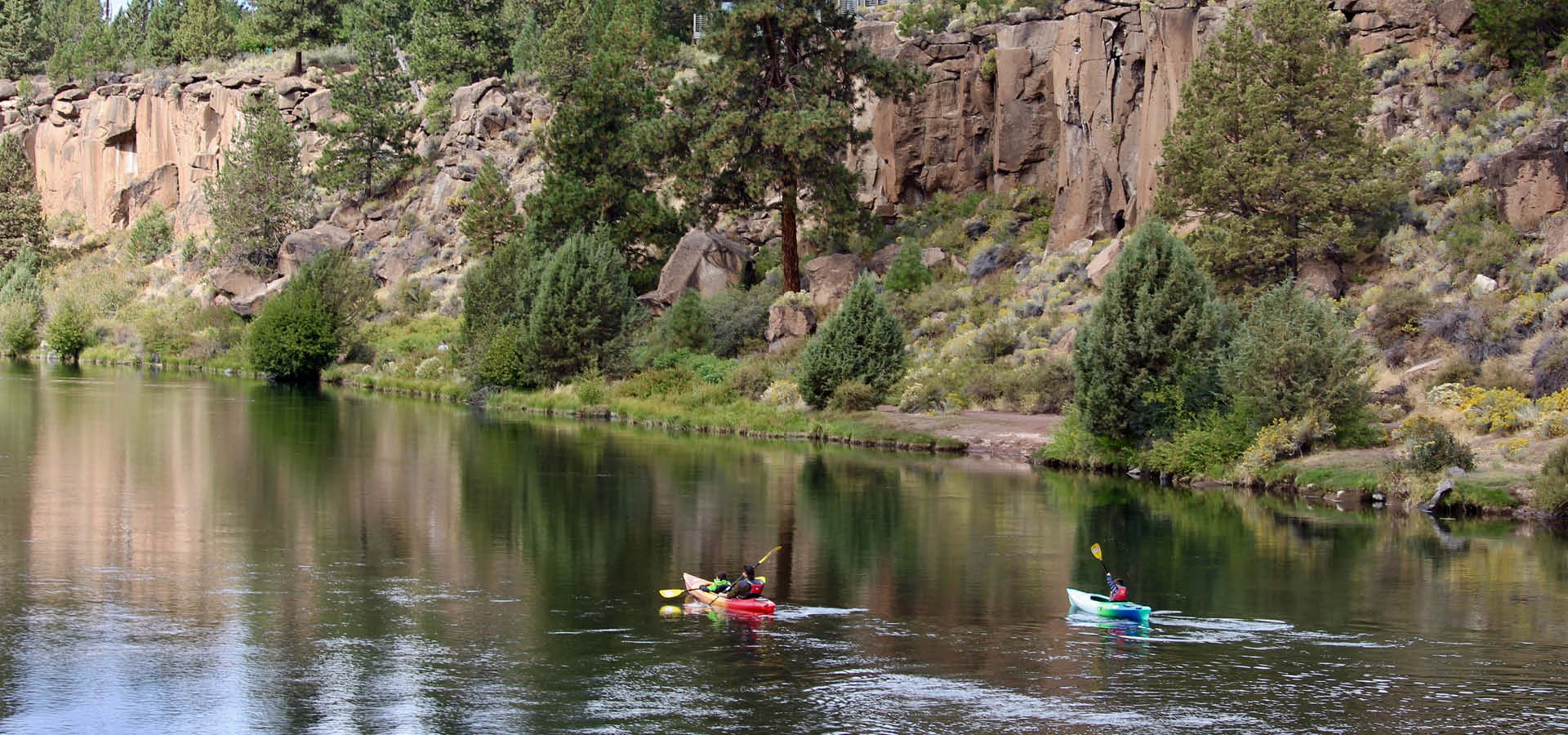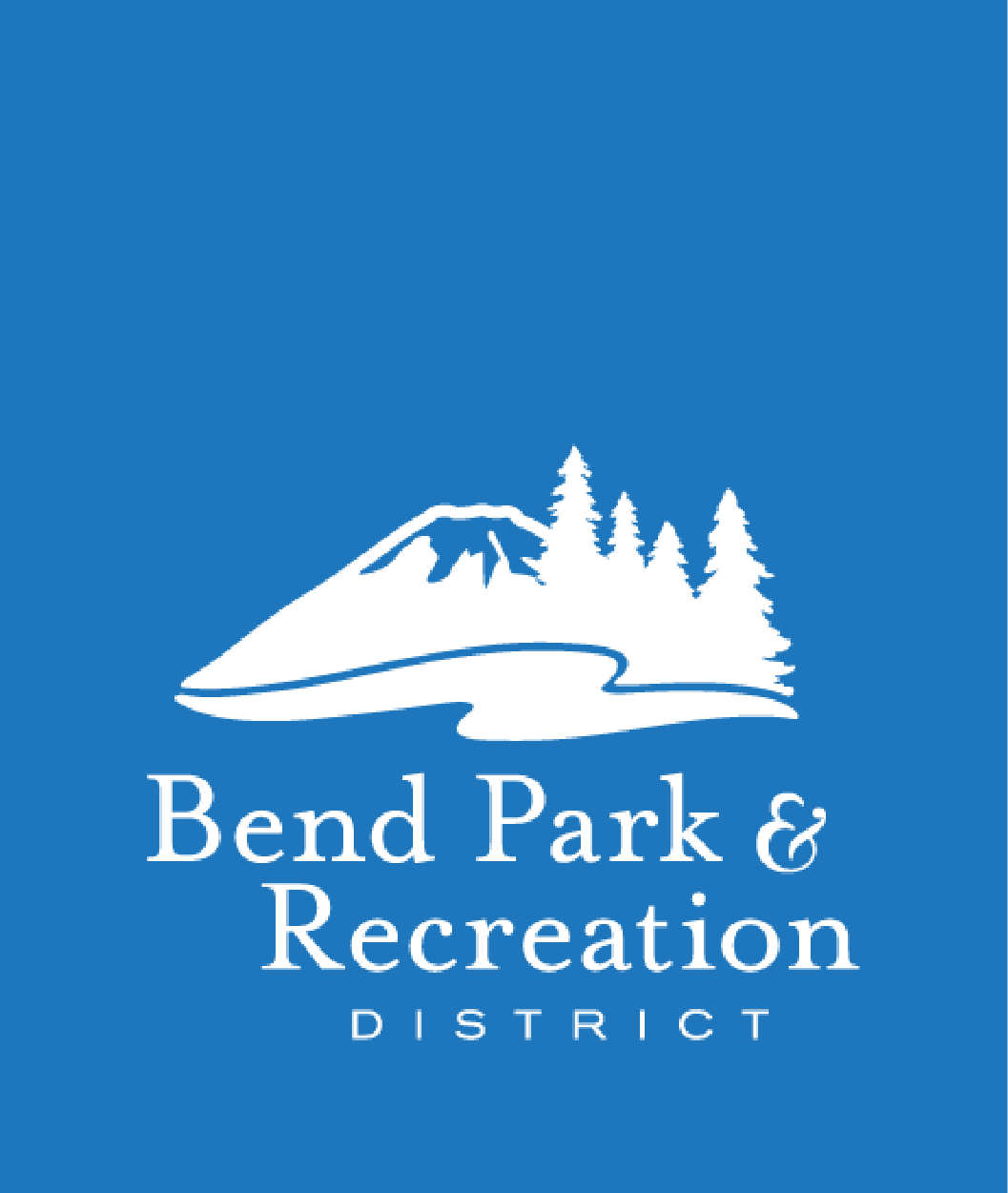Riverbend Park river project begins; trail section closed until early 2023
October 6, 2022

Bend Park and Recreation District (BPRD) and Upper Deschutes Watershed Council (UDWC) are ready to begin a construction and river restoration project aimed to serve as a model for balancing recreational access and habitat protection and improvement.
The Riverbend South Access & Restoration project will result in:
- The creation of three designated access points where user-created access points with eroding streambanks currently exist, so recreational users can access the river without harming existing or restored habitat.
- Restoring and fencing off riparian areas outside of new designated access points where existing user-created access points have led to impacts to vegetation and the erosion of streambanks. New habitat will also be created as part of this project.
- Improved accessibility by integrated terracing to facilitate ease of access for those with mobility limitations and children.
- New interpretive signs to educate users and visitors about past and present use of the river in this area and the importance of conserving natural resources.
The project is funded by multiple sources. Implementation of the project is funded by BPRD and grants from the Oregon Watershed Enhancement Board and Sunderland Foundation that were awarded to UDWC. The project was also awarded funds by Bend Sustainability Fund, a Visit Bend project.
The project will take place within Riverbend Park along the river between the Bill Healy Bridge and downstream to the Farewell Bend pedestrian bridge. Riverbend and Farewell Bend parks are heavily used community parks that draw extensive numbers of visitors for river recreation, playground use, events, sports and pass through use along this section of the Deschutes River Trail.
In a 2017 BPRD survey, community members indicated that access to the river is a top need, despite 25 existing designated access points. The project will address an expressed community need for improved river access.
“We have been working closely with our partners at the Upper Deschutes Watershed Council for over five years on this project, which required an immense amount of detail and coordination, and to see it come to fruition brings a great level of pride and excitement,” said Ian Isaacson, BPRD project manager and landscape architect. “This project will showcase that access and river stewardship do not have to be mutually exclusive, and are in fact a crucial part of BPRD’s mission to better serve the community as it continues to grow.”
Habitat restoration
Restoration includes constructing a one-quarter acre wetland connected to the river, which is part of an area designated as critical habitat for the Oregon Spotted Frog. In addition, the project team will add approximately 2,500 riparian and wetland plants, placing 10 in-stream logs in newly restored riparian areas for habitat and to deter use of restored areas, and noxious weed control. In addition, 2,000 feet of split rail fencing will be installed to protect and limit access to restored areas.
“Given the popularity of accessing and recreating on the river through Bend, we have to find ways to balance people enjoying and using the river while also protecting and caring for the river. This project at Riverbend Park will hopefully be an example of how we can create access points that will minimize impacts to the river, while also enhancing and restoring areas that have already been impacted by use,” said Kris Knight, executive director of Upper Deschutes Watershed Council. “We look forward to helping steward this site over time with help from BPRD and community volunteers and youth as part of UDWC’s education and stewardship programs:”
Inclusion and accessibility
The Deschutes River provides river recreation to residents and visitors alike, regardless of age, gender, ability, skill level, economic status or race. This project will improve river accessibility through the design and construction of stone terraced entry steps into the water at three designated locations.
The design allows for all users, especially those with mobility challenges, to more easily access the river. The design of this access was developed in coordination with Oregon Adaptive Sports and Central Oregon Coalition on Access.
Trail closure and detour
The project will begin next week and is expected to be completed by spring 2023, weather permitting. The trail and a sidewalk will be closed to all use during construction, beginning Oct. 17.
The closed areas include the trail on river-left (or the north side of the river bank), downstream of the Bill Healy bridge to the Riverbend/Farewell Bend footbridge. In addition, the sidewalk on the north side of Reed Market Road will be closed during construction. A detour of the trail will be available to allow trail users to access trails upstream of the Bill Healy Bridge. A map is available.
A closure and detour of the trail is due to the type of work being performed along the river edge, large materials being used, and large equipment on site. Shared access to the trail during the project would result in safety concerns for community members.
Additionally, a closure enables more efficient work that may reduce the time to completion for a quicker reopening of the trail and the new access points. Pedestrians and trail users are asked to take caution and adhere to detours to ensure safety.


